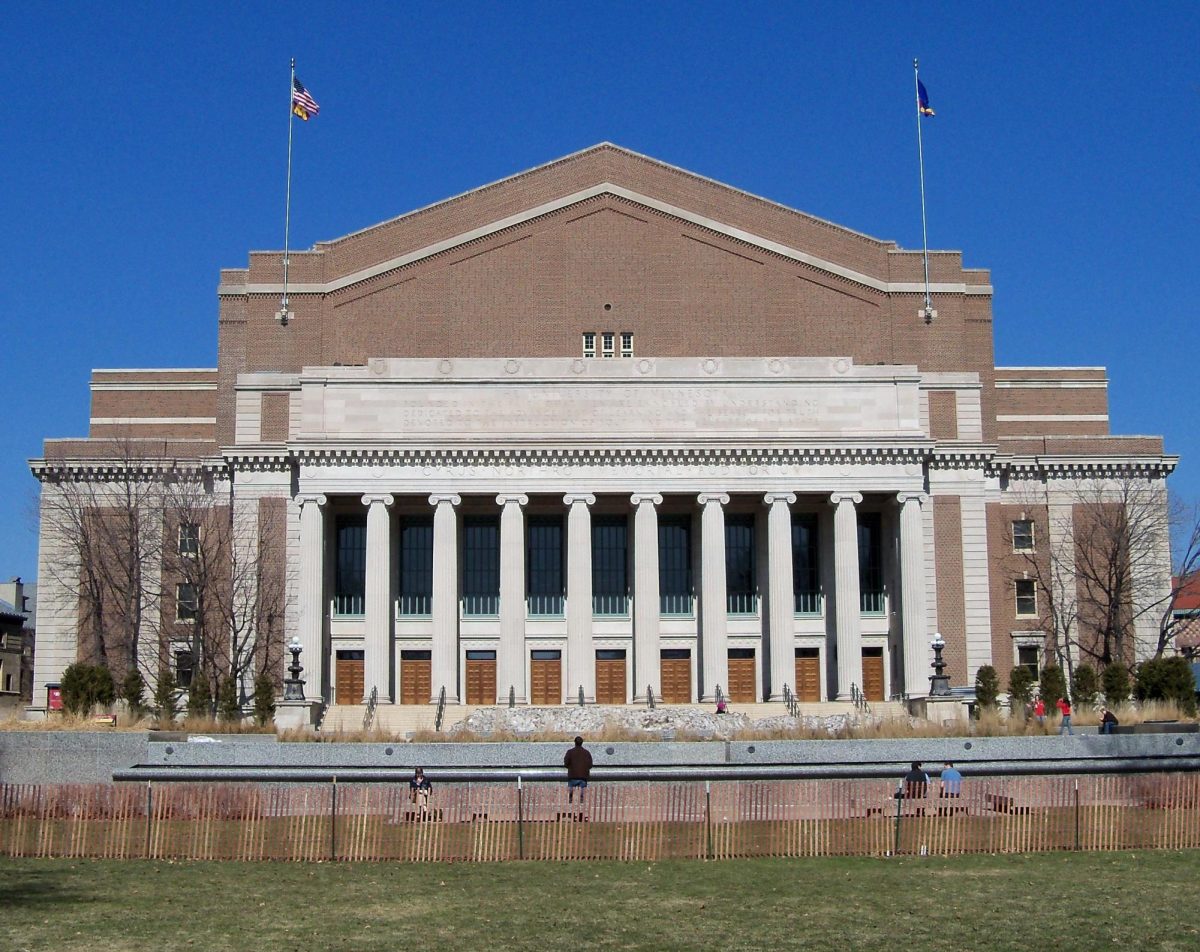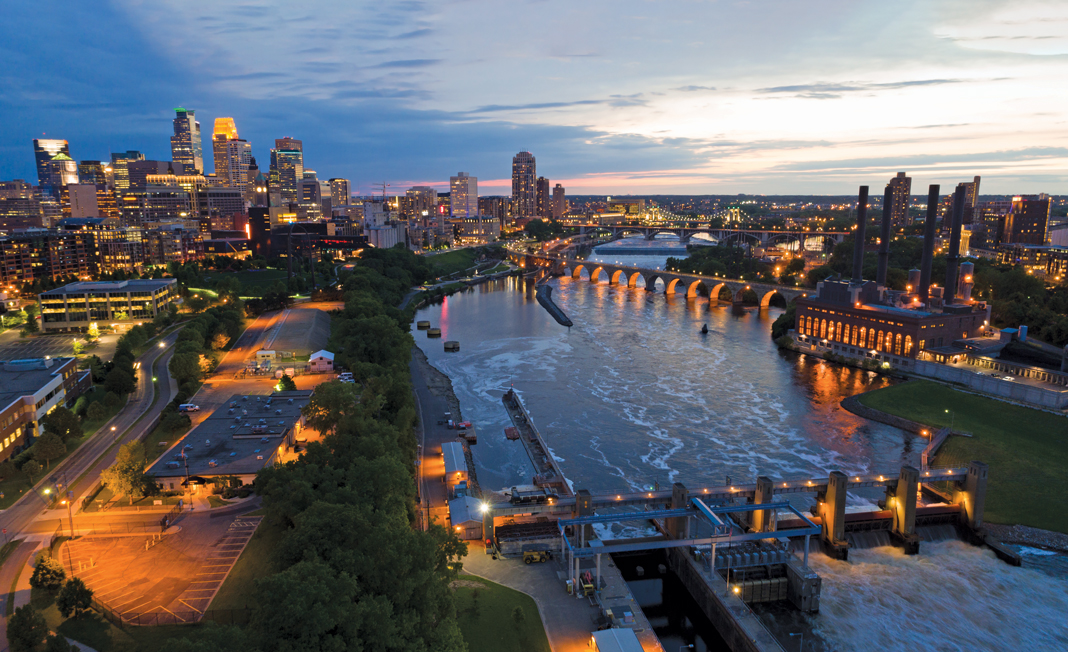Nestled along the banks of the Mississippi River in Minneapolis, the University of Minnesota boasts a campus adorned with architectural marvels that tell the story of its rich history and enduring legacy. From majestic Gothic-style structures to modernist masterpieces, the university’s buildings stand as testaments to the vision, ingenuity, and dedication of those who helped shape its identity over the centuries.
One of the most iconic buildings on the University of Minnesota campus is Northrop Auditorium, a grand neoclassical edifice that has served as a cultural and academic hub for generations of students and faculty. Completed in 1929, Northrop Auditorium was designed by renowned architect Clarence H. Johnston Sr. and named in honor of Cyrus Northrop, the university’s former president. With its stately columns, ornate facade, and majestic interior adorned with murals and sculptures, Northrop Auditorium exudes an air of timeless elegance and sophistication. Today, the auditorium continues to host a wide array of performances, lectures, and events, serving as a beloved gathering place for the university community and the greater Twin Cities area.
Another architectural gem on the University of Minnesota campus is Walter Library, a Beaux-Arts masterpiece that stands as a beacon of knowledge and learning. Built-in 1924 and named after former university librarian Frank Keller Walter, the library features a striking facade adorned with intricate carvings, elaborate detailing, and a grand central rotunda crowned by a majestic dome. Inside, the library houses a vast collection of books, manuscripts, and rare artifacts, making it a treasure trove of information and inspiration for students, scholars, and researchers alike.
Adjacent to Walter Library stands the iconic Burton Hall, a majestic Gothic-style building that serves as the administrative headquarters for the College of Education and Human Development. Completed in 1907 and designed by architect Clarence H. Johnston Sr., Burton Hall is renowned for its soaring spires, intricate stonework, and picturesque courtyard, which provide a serene and inspiring setting for learning and exploration. From its historic classrooms and lecture halls to its cozy study nooks and bustling common areas, Burton Hall embodies the timeless beauty and academic excellence that define the University of Minnesota experience.
In addition to its historic landmarks, the University of Minnesota campus is also home to a number of modern architectural marvels that reflect the university’s commitment to innovation, sustainability, and cutting-edge design. One such building is the Weisman Art Museum, a striking stainless steel structure designed by renowned architect Frank Gehry. Opened in 1993 and named in honor of philanthropist Frederick R. Weisman, the museum features a bold and dynamic design that has made it a beloved landmark on the Minneapolis skyline. With its curving forms, reflective surfaces, and dramatic use of light and space, the Weisman Art Museum offers a captivating backdrop for the university’s vast collection of contemporary art and serves as a vibrant hub for artistic expression and cultural enrichment.
Another modern architectural gem on the University of Minnesota campus is the Science Teaching and Student Services Building, a state-of-the-art facility that embodies the university’s commitment to scientific discovery and academic excellence. Completed in 2010 and designed by the architectural firm Kohn Pedersen Fox, the building features sleek, sustainable design elements such as energy-efficient lighting, natural ventilation systems, and green roofs, making it a model of environmentally conscious construction. With its innovative laboratories, interactive classrooms, and collaborative learning spaces, the Science Teaching and Student Services Building provides students and faculty with the tools and resources they need to push the boundaries of knowledge and make groundbreaking discoveries in fields ranging from biology and chemistry to physics and engineering.
As the University of Minnesota continues to evolve and grow, its architectural landscape will undoubtedly continue to change and adapt to meet the needs of future generations. Yet amid the ever-changing skyline, the historic buildings that dot the campus serve as enduring reminders of the university’s storied past and enduring commitment to excellence, innovation, and community. Whether exploring the grandeur of Northrop Auditorium, the timeless elegance of Walter Library, or the bold modernity of the Weisman Art Museum, visitors to the University of Minnesota campus are sure to be inspired by the architectural treasures that grace its hallowed halls.







